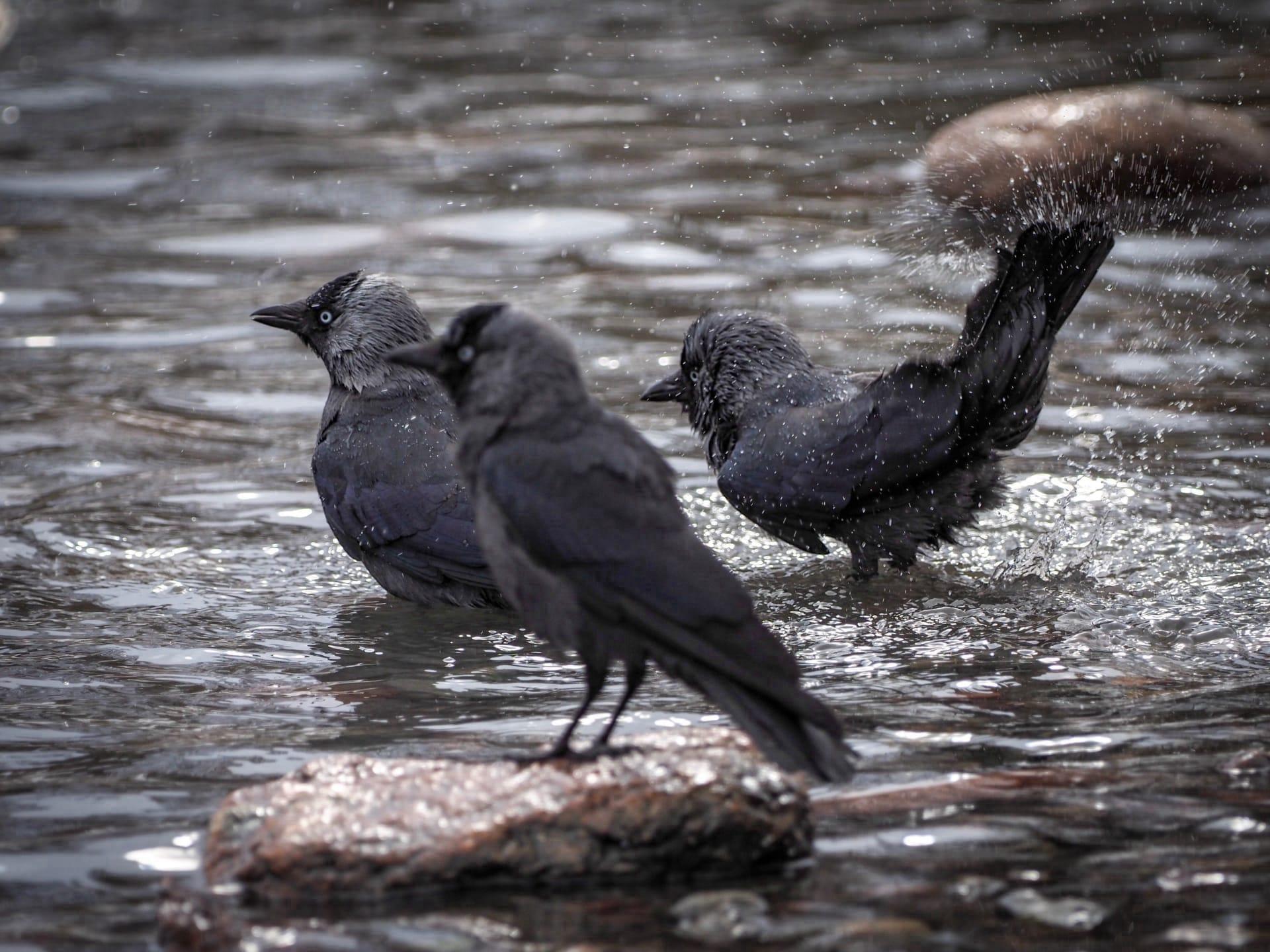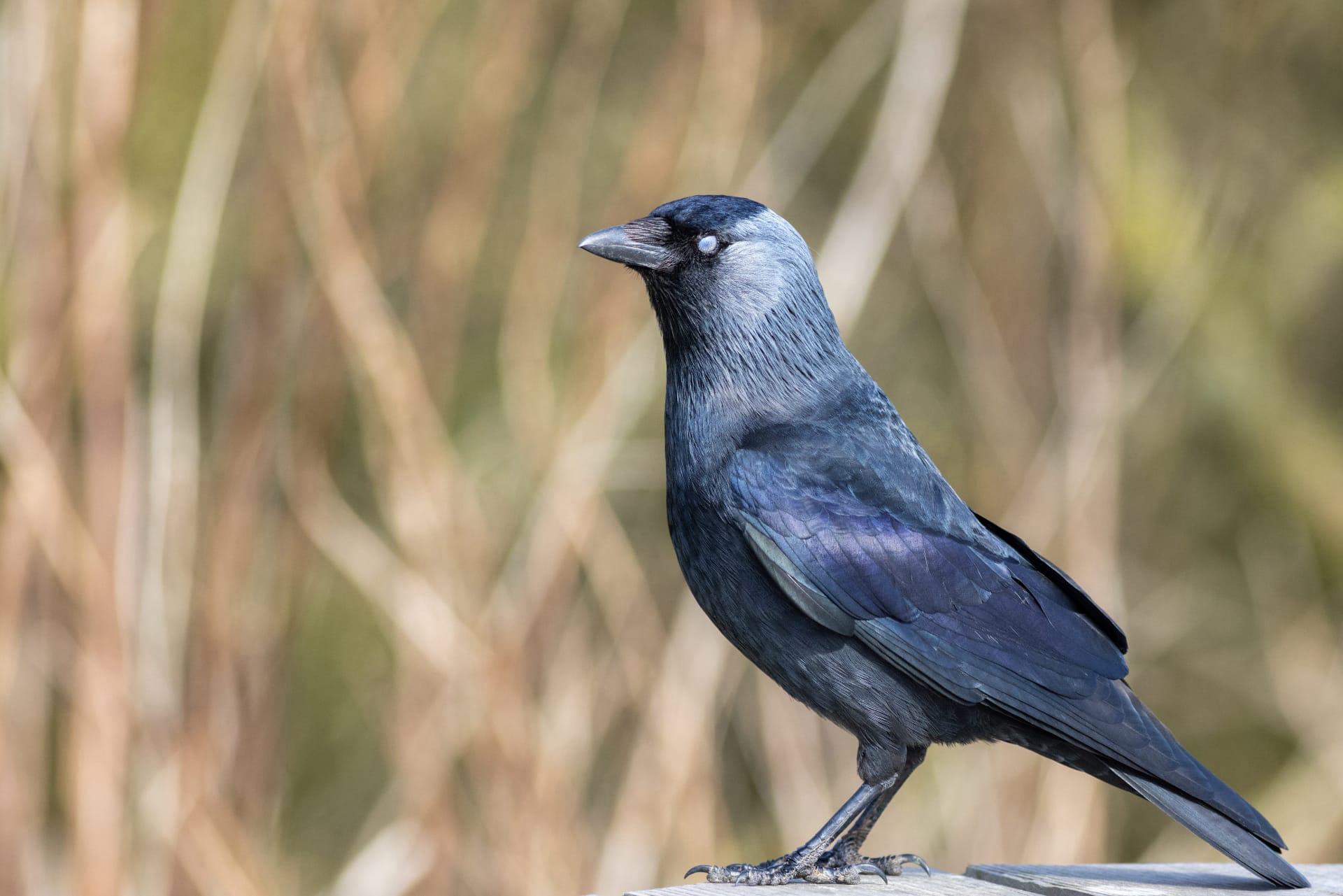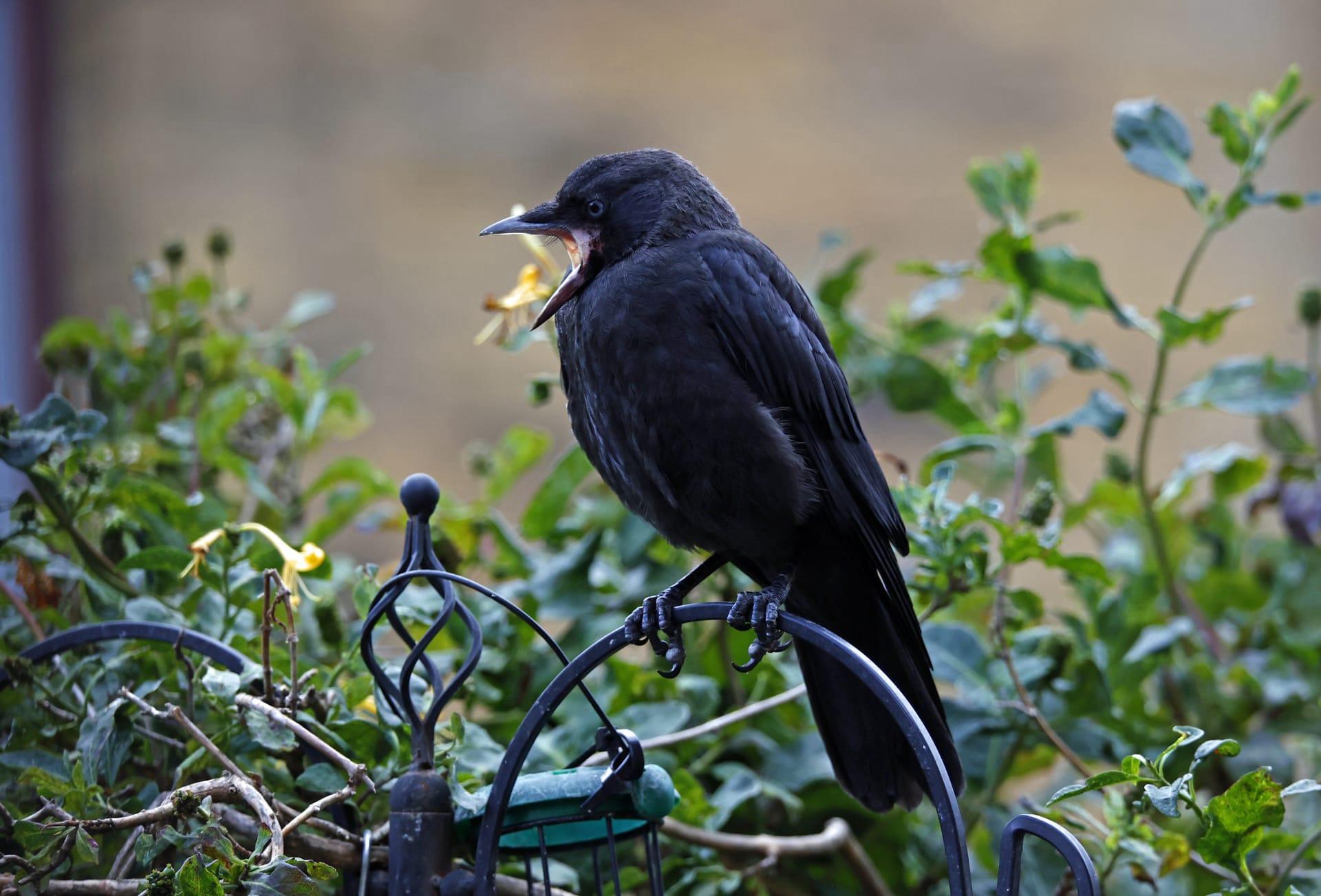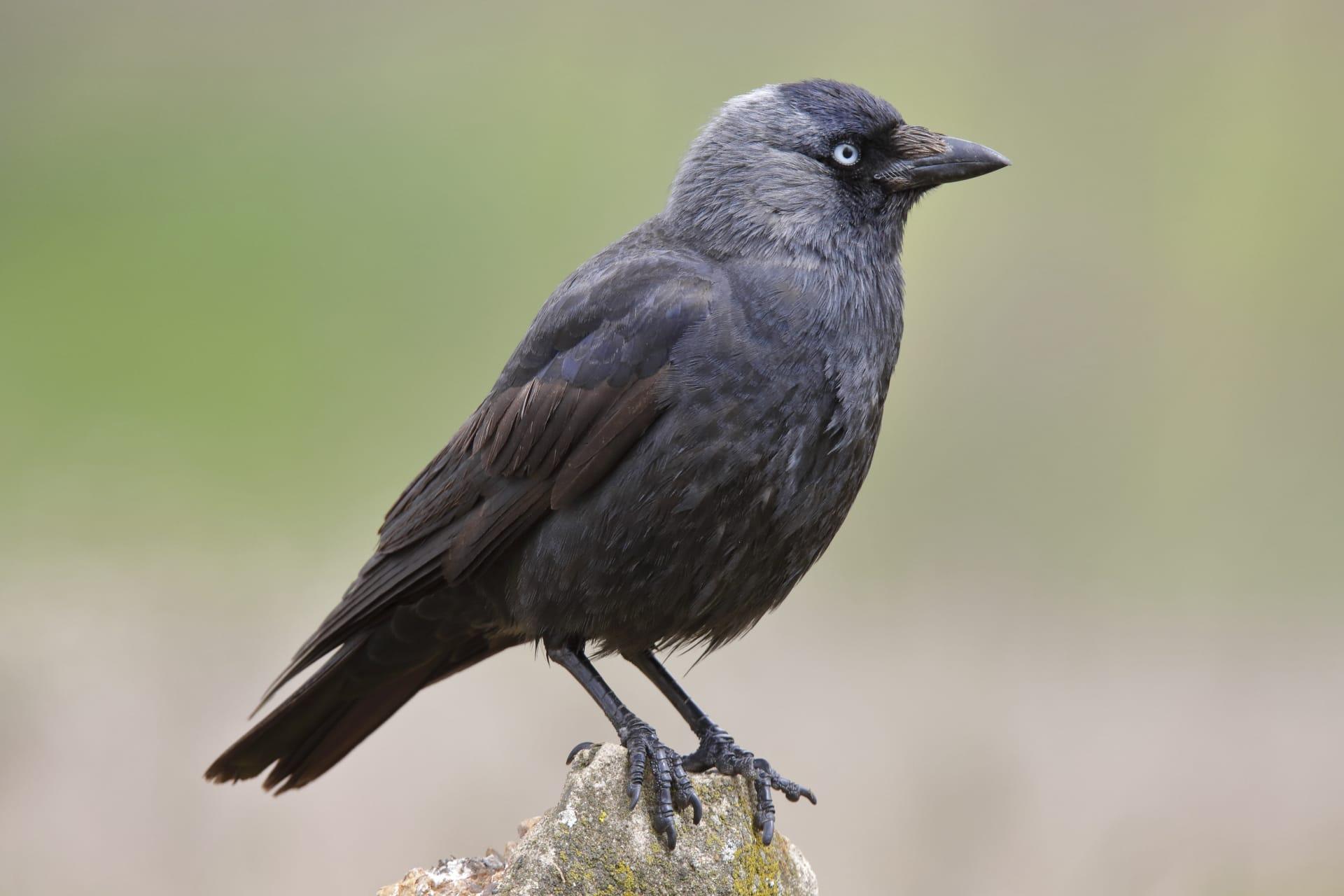Jackdaw Characteristics
- Home /
- Mini Encyclopedia /
- Animal /
- Jackdaw Characteristics
1
Jackdaws, a member of the crow family, are known for their distinctive silvery eyes and striking grey-black plumage. They are relatively small, measuring about 13 to 16 inches in length, with a wingspan of approximately 25 to 31 inches. An average adult jackdaw weighs around 200 to 220 grams. These birds are quite hardy, with a lifespan in the wild averaging 5 to 12 years, though some have been known to live up to 20 years in captivity. Their sturdy build and adaptable nature contribute to their longevity.
One of the most remarkable organs of a jackdaw is its brain. Relative to their body size, jackdaws have one of the largest brain-to-body mass ratios among birds, which is a key factor in their high intelligence and complex social behaviors. Their brains are particularly adept at problem-solving, mimicking sounds, and using tools, skills that are not commonly found in many bird species. This cognitive ability allows jackdaws to adapt to various environments and challenges, making them one of the smartest birds in the avian world.

2
Question: Why do jackdaws often gather shiny objects?
Answer: Jackdaws are known for their attraction to shiny objects. This behavior is thought to be driven by their intelligence and curiosity. These birds are not collecting these objects for any specific functional purpose, but rather as a result of their explorative nature. They are intrigued by the way light reflects off these objects and often take them back to their nests. While this behavior is fascinating, it's a common misconception that jackdaws hoard these items. In reality, they are simply investigating their environment, a testament to their intelligence and inquisitive nature.

3
Jackdaws are agile flyers, known for their acrobatic skills in the air. They can often be seen soaring high in the sky, performing aerial feats with ease. Their flight is characterized by a mix of flapping and gliding, allowing them to cover large distances efficiently. These birds are also known for their playful flying behavior, often engaging in aerial chases and mock fights with their peers, which strengthens social bonds within their flocks.
When it comes to feeding, jackdaws are opportunistic omnivores. Their diet primarily consists of insects, worms, grains, and fruits. They are also known to scavenge for food in urban areas, taking advantage of human leftovers. Jackdaws use their strong, curved beaks to forage for food, often digging into soil or plant matter. During breeding season, they may also hunt small rodents and birds to feed their young. Their adaptable diet is a key factor in their survival in diverse habitats.

4
Jackdaws are highly adaptable and can thrive in a variety of environments, from rural farmlands to urban cities. They prefer open woodlands, fields, and areas with access to water sources. However, their adaptability has allowed them to become common residents in urban areas, often seen perching on rooftops and chimneys. Their ability to coexist with humans has played a significant role in their widespread distribution across Europe and parts of Asia.
In terms of reproduction, jackdaws are monogamous birds, often forming lifelong pair bonds. They typically nest in cavities, such as tree holes, cliffs, or even abandoned buildings. The female usually lays 4 to 6 eggs, which are incubated for about 17 to 18 days. Both parents partake in feeding and caring for the chicks. The young jackdaws fledge at about 30 to 35 days old, but they continue to receive parental care for several weeks afterwards. The social structure of jackdaw flocks plays a crucial role in their breeding success and overall survival.

5
Book: "The Secret Life of Crows and Jackdaws" by Timothy Gallagher, published in the United States in 2016. This book offers an insightful exploration into the lives of crows and jackdaws, highlighting their intelligence, social structures, and interactions with humans. Gallagher's engaging narrative combines scientific research with fascinating anecdotes, presenting these birds in a new light.
Book: "Wings of Wisdom: Jackdaws and the Power of Adaptation" by Emily Brent, released in the UK in 2018. Brent delves into the adaptive abilities of jackdaws, examining how they thrive in various environments. The book blends biology, ecology, and behavioral studies, providing a comprehensive view of how jackdaws have become one of the most successful bird species in adapting to human-altered landscapes.